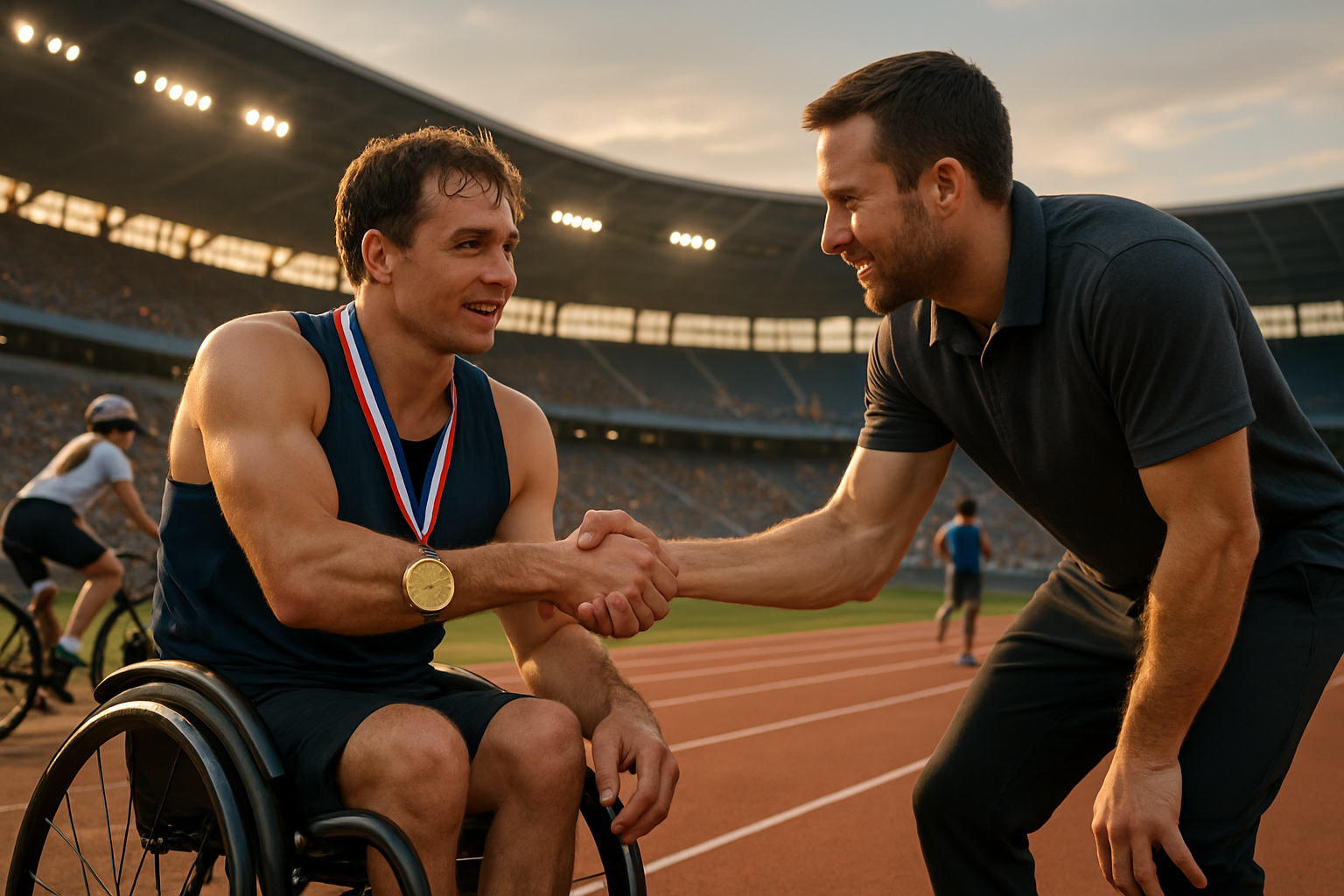Breaking Barriers: The Integration of Sports for Athletes with Disabilities
The story of sports for athletes with disabilities is one of resilience, determination, and the human spirit's indomitable will. It's a saga that began in the ashes of World War II when Dr. Ludwig Guttmann, a neurologist at Stoke Mandeville Hospital in England, began using sports as a therapeutic tool for spinal cord injury patients. His innovative approach laid the groundwork for the first Stoke Mandeville Games in 1948, a competition that would evolve into the Paralympic Games we know today.

The Emergence of the Paralympics
The Paralympic Games have grown from a small tournament featuring British war veterans to a major international sporting event. In 1960, the first official Paralympics were held in Rome, featuring 400 athletes from 23 countries. The event has grown exponentially since then, with the 2016 Rio Paralympics hosting over 4,300 athletes from 159 countries.
The Paralympics have also expanded in terms of the range of sports offered. Early games focused on archery, wheelchair fencing, and swimming. Today, athletes compete in 22 sports, including athletics, cycling, judo, and even wheelchair rugby.
The Impact of Paralympic Success
The progress made in competitive sports for athletes with disabilities is not just about medals and trophies. These triumphs have sparked a broader societal discussion about the capabilities of individuals with disabilities. They’ve shattered stereotypes, fostered inclusion, and inspired countless individuals to reach beyond perceived limitations.
Inclusive Training: A New Frontier
As the sports world has become more inclusive, so too have training methods. Coaches and trainers have become adept at modifying exercises and equipment to accommodate athletes with various disabilities. This has resulted in more athletes being able to participate in sports and achieve their full potential.
However, these adapted training methods are not without their challenges. Ensuring the safety of athletes is paramount, and it can sometimes be difficult to strike a balance between pushing an athlete’s limits and preserving their well-being.
Today’s Landscape and the Road Ahead
Today, athletes with disabilities are more visible and respected than ever before. They’ve proven their prowess on the world stage and inspired countless others to take up sports. Still, there’s much work to be done. In many parts of the world, sports facilities and programs are not accessible to individuals with disabilities.
Looking ahead, the goal is to continue breaking down barriers, creating more opportunities for athletes with disabilities, and promoting a culture of inclusivity in sports.
The story of sports for athletes with disabilities is a testament to the human spirit’s resilience and determination. As we look to the future, we can expect this narrative to continue unfolding, with more inspiring stories of triumph against the odds.





